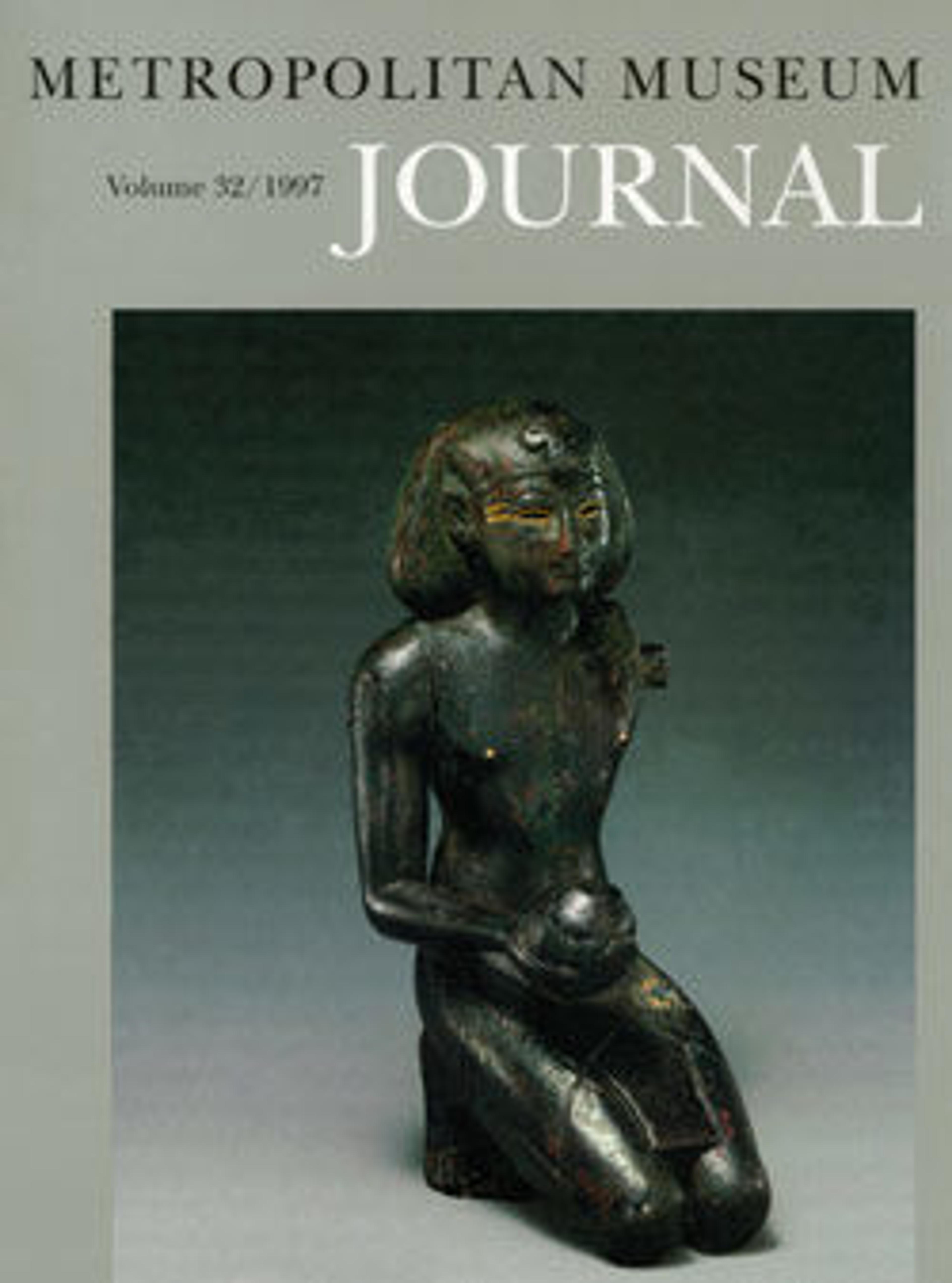Glass plate with head of Medusa
Translucent pale blue green.
Rounded, upturned, and outsplayed rim, curving in below to flat body; integral low base ring with rounded edge.
On underside of body, circular pattern of thirty-five outward-pointing incised tongues, outlined with incised lines, within a raised border around base ring; with base ring, an incised circle surrounds an engraved head of Medusa with flowing locks and wings, facing frontally but looking slightly to the left.
Intact, except for large chip in base ring; tiny pinprick bubbles; dulling, patches of pitting with brown weathering on upper surface of body, iridescence and faint whitish weathering on underside.
This small glass plate was published in 1997 as a 19th-century forgery, but a more recent study has concluded that both the object and the cut decoration are Roman.
Although this vessel is said to have come from Rome, its closest parallels are known from sites such as Trier and Xanten in the Rhineland. In later Roman times, some cast glass was produced in preference to blown glass, as with this example, allowing for a thicker vessel wall and deeper cutting of the decoration.
Rounded, upturned, and outsplayed rim, curving in below to flat body; integral low base ring with rounded edge.
On underside of body, circular pattern of thirty-five outward-pointing incised tongues, outlined with incised lines, within a raised border around base ring; with base ring, an incised circle surrounds an engraved head of Medusa with flowing locks and wings, facing frontally but looking slightly to the left.
Intact, except for large chip in base ring; tiny pinprick bubbles; dulling, patches of pitting with brown weathering on upper surface of body, iridescence and faint whitish weathering on underside.
This small glass plate was published in 1997 as a 19th-century forgery, but a more recent study has concluded that both the object and the cut decoration are Roman.
Although this vessel is said to have come from Rome, its closest parallels are known from sites such as Trier and Xanten in the Rhineland. In later Roman times, some cast glass was produced in preference to blown glass, as with this example, allowing for a thicker vessel wall and deeper cutting of the decoration.
Artwork Details
- Title: Glass plate with head of Medusa
- Period: Late Imperial
- Date: 3rd century CE
- Culture: Roman
- Medium: Glass; cast and cut
- Dimensions: H. 1/2 in. (1.3 cm) diameter 2 in. (5.1 cm)
- Classification: Glass
- Credit Line: Gift of Henry G. Marquand, 1881
- Object Number: 81.10.238
- Curatorial Department: Greek and Roman Art
More Artwork
Research Resources
The Met provides unparalleled resources for research and welcomes an international community of students and scholars. The Met's Open Access API is where creators and researchers can connect to the The Met collection. Open Access data and public domain images are available for unrestricted commercial and noncommercial use without permission or fee.
To request images under copyright and other restrictions, please use this Image Request form.
Feedback
We continue to research and examine historical and cultural context for objects in The Met collection. If you have comments or questions about this object record, please complete and submit this form. The Museum looks forward to receiving your comments.
